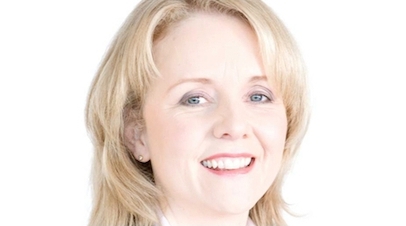
The Government’s decision to pick up Australia’s voluntary front-of-pack Health Star Rating system was a positive move and was heralded as such from both inside and outside the industry, says Katherine Rich, CEO of the NZ Food & Grocery Council, in her monthly column in FMCG Business magazine.
Certainly, Kiwi shoppers liked the idea of more at-a-glance information about what’s in the food they’re buying, and this was evidenced by a NZ Herald poll, which found that 80% surveyed supported the scheme.
But, as usual, there was a minority for whom it was never going to be enough, and they panned it: it either didn’t go far enough or was the wrong system.
So it’s worth having a look at how the Health Star Rating (HSR) system will work to see how much of that criticism is justified.
It’s a product of years of work by food safety officials, public health representatives, consumer groups, nutritionists, and the food industry.
The calculations which determine the number of stars are backed by robust science and factual food composition. They are based on the nutrients identified in the New Zealand and Australian Dietary Guidelines as those we should be limiting in our diets (energy, saturated fat, salt, sugar), and modify these based on food that the guidelines say we should increase (fruit, vegetables, low fat milk, milk products, lean protein, wholegrain breads, cereals).
HSR has two advantages over other systems. First, it’s easy to understand. Just like the energy star rating system on fridges and other electrical appliances, it’s easy to see at a glance what you’re getting. But the biggest thing it has going for it is that it’s an interpretive system. The advisory group, of which the Food & Grocery Council was a member, wanted HSR to incorporate two principles: it should evaluate the whole food and not just individual nutrients; and the rating should be based on nutrients that are positive and negative according to dietary guidelines.
And that’s where it differs from the traffic light system promoted by public health activists. That system evaluates individual nutrients but does not give an overall rating to the food. And it is based only on negative nutrients.
Traffic lights can also mislead shoppers into believing some foods and drinks are healthier than they really are. A system that provides a red, amber, or green indication for fat, saturated fat, sugar and salt on the front of products seems nice and simple, but is actually fundamentally flawed.
For example, it would give sugary soft drinks a colour rating that looks healthier than milk and a range of other foods important to a healthy and balanced diet. Sugary soft drinks would score three green lights because they have zero fat, zero saturated fat, and low salt. They would score just one red – for sugar. Milk would score three oranges and just one green! To shoppers in a rush, foods such as milk, cheese and yogurt look like less-healthy choices.
No wonder the traffic light idea was dismissed in 2011 by government ministers from New Zealand and Australia. The industry supported that decision and continued to work with officials to consider other schemes.
Though HSR is voluntary, I’m confident a significant number of manufacturers will support it. Industry plays an important part in helping people make good choices, and that’s why we’ve participated in this project. Industry workshops are in development, and an education campaign will begin next year to coincide with what is hoped to be a wave of industry uptake.
HSR was never going to be the silver bullet that turned shoppers to perfect nutrition choices. But it’s another guide that will work alongside systems such as the Heart Foundation’s Tick to make it easier for shoppers to identify more healthy choices.
A recent Otago University study found that Kiwis eat 72 fewer kilojoules a day as a result of the Tick, which equates to roughly 0.7kg in weight gain over a year. If the Health Star Rating system produces similar results, it’ll be doing a great job.





